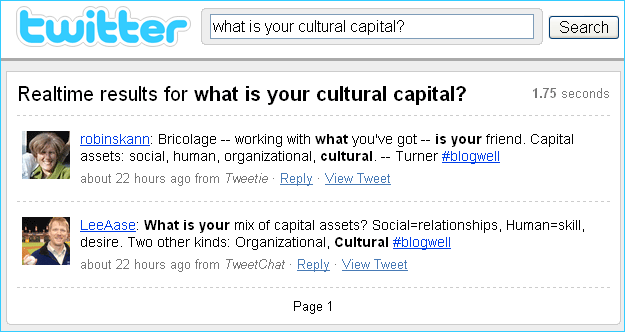About two thirds through a complex social media project using Elgg. The aim of the project is to build a complete social network for some clients in West London. The project originally started off as a Drupal based one but we (West London Web Design) changed course when we realised the following:
1) Using Drupal would have meant a highly bespoke system that would have tied the client into that system
2) Almost all the functionality we were trying to create already existed in Elgg
3) Time – building in Elgg would be quicker and easier, and hence cheaper
Overall the experience has been fruitful but not without headaches. The key obstacle is the intensely entrenched way that Elgg cascades hierarchy in its CSS, via a quite arcane structure. The problem here was working out that what looked extremely complex was in fact reasonable simple once the flow of the CSS cascade was clear. Once that was done it became a lot more easy to manipulate the PHP and numerous div tags that define the layout.
Too early to talk in any detail about the project substance as it’s under an NDA. But very pleased with the functionality as it provides a wide range of rich features:
1) Site wide messaging via a Facebook style wall
2) Nifty integration with Twitter
3) Customised profiles
4) Tagging – the glue that coheres an social network
5) Photo albums – a very important feature and one which stopped us using WordPress Multi User (WPMU) with Buddy Press
6) Groups with the ability for users to create discussion forums and their own albums
7) Various news and ad embeds – both critical for this project
Overall pretty pleased with Elgg. It may lack the user-base of WordPress, but it’s a very well supported platform. Watch this space for the final release
n.b., special thanks to @veruus for some very welcome tech support at the start of this project.
